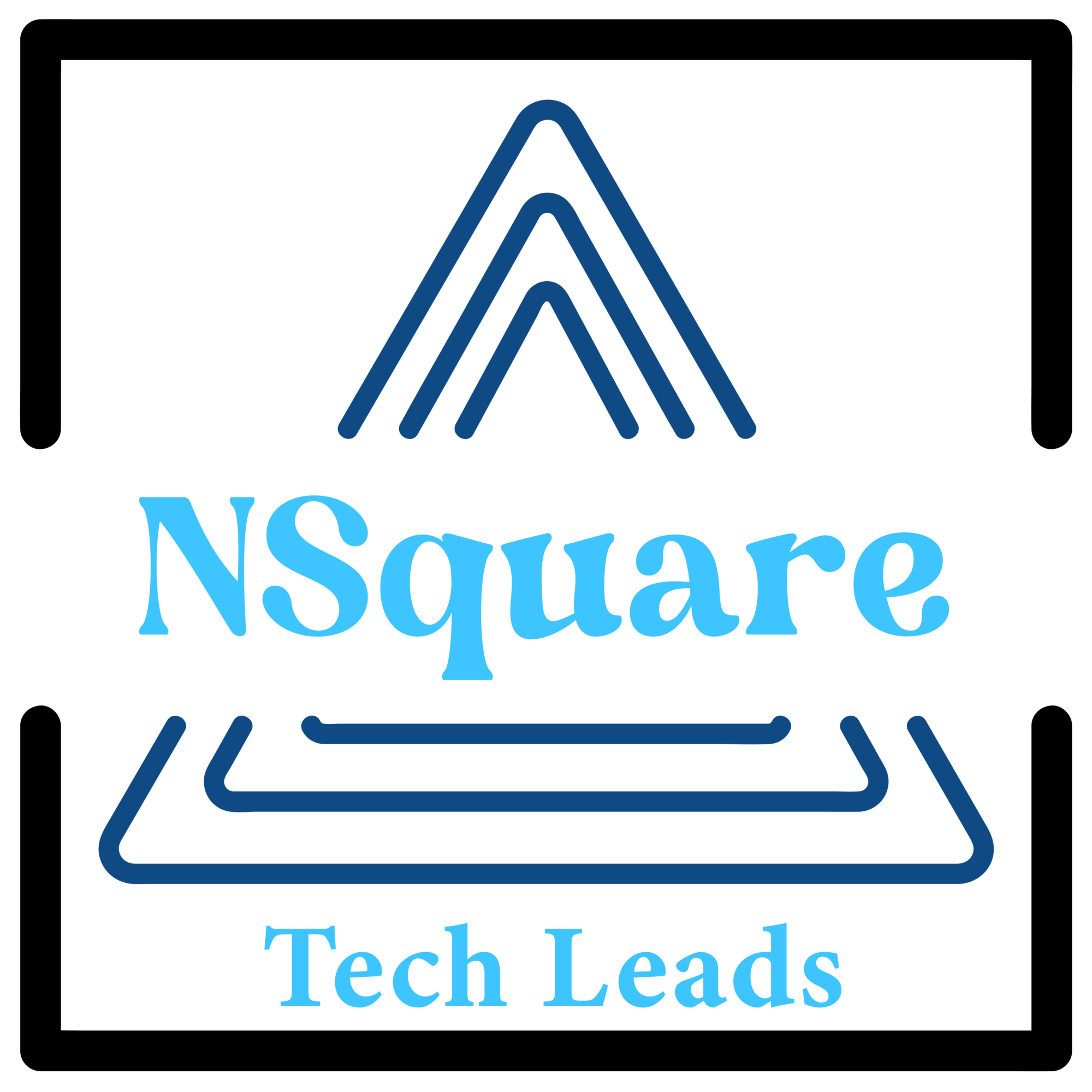In the dynamic world of digital marketing, businesses strive to convert potential customers into loyal patrons. Among the various stages of the sales funnel, identifying and nurturing sales-qualified leads (SQL) stands out as a pivotal step towards achieving this goal. Understanding what constitutes an SQL and how to effectively manage them can significantly enhance a company’s conversion rates and overall success.
What is a Sales Qualified Lead (SQL)?
A sales-qualified lead (SQL) represents a prospect who has demonstrated a high level of interest in a company’s product or service and is deemed more likely to make a purchase. Unlike general leads, SQLs have not only shown intent to buy but have also met specific criteria that align with the company’s target customer profile. These criteria typically include factors such as budget, authority, need, and timeline (BANT).
Identifying SQLs: The Digital Approach
In the digital age, identifying SQLs has become more sophisticated, thanks to advanced analytics tools and marketing automation software. By leveraging data analytics, businesses can track user behavior across various digital touchpoints, such as website visits, email interactions, and social media engagement. This enables them to identify signals of purchase intent, such as repeated website visits, downloads of product resources, or engagement with pricing information.
Nurturing SQLs: The Art of Personalization
Once identified, nurturing SQLs involves personalized communication and targeted content delivery to guide them through the sales funnel. Email marketing campaigns tailored to specific customer segments, educational webinars addressing pain points, and personalized product demonstrations are just a few examples of effective nurturing strategies. By delivering relevant content at the right time, businesses can build trust and credibility with SQLs, ultimately increasing the likelihood of conversion.
Managing SQLs: Streamlining the Process
Efficiently managing SQLs requires a well-defined process and alignment between sales and marketing teams. Implementing a robust customer relationship management (CRM) system enables teams to track and prioritize SQLs based on their stage in the buying journey. Automated lead scoring mechanisms can further streamline this process by assigning scores to leads based on their interactions and engagement levels, allowing sales teams to focus their efforts on high-potential opportunities.
The Role of Content in SQL Generation
Content marketing plays a crucial role in generating and nurturing SQLs by providing valuable information and addressing customer pain points. Blogs, whitepapers, case studies, and interactive tools not only attract prospects to the website but also position the company as a thought leader in its industry. By offering educational content that resonates with the target audience, businesses can attract and engage SQLs throughout their buyer’s journey.
Conclusion
In today’s competitive landscape, effectively identifying, nurturing, and managing sales-qualified leads is essential for business growth and success. By leveraging digital tools, personalizing communication, and delivering valuable content, businesses can maximize their chances of converting SQLs into satisfied customers. By understanding the nuances of SQLs and implementing targeted strategies, companies can stay ahead in the race to acquire and retain loyal customers in the digital age.

